It’s no secret my love for Eric and Audra at Groundworks Farm, a local organic farm where I purchase my whole pasture raised pig and use their produce as much as I can. Actually last year I based by whole Cafe Paris menu on what they grew, changing the menu weekly to provide fresh seasonal food.
When I purchased my oinker, I requested that I get the trimmed fat, both the back fat and the leaf fat. It came in a huge vacuumed sealed bag and has camped out in my freezer for nearly a year. Last month when Eric and Audra were getting ready to butcher their pigs Audra suggested a class at Bella Cucina (the cooking school that I now run) on how to render lard. You know I jumped on that! Maybe I’d finally get that fat off my back…sorry a little porky humor I couldn’t resist.
The class was so great that I just felt like it should be shared beyond our kitchen and into yours. So let’s chew the fat (okay I did it again, it’s a disease I tell ya).
Rendering lard is not something that I’ve really done unless you count the big container of bacon fat that I continually collect…
Lard has had a bad rap for many years but it’s making a come back (as food trends are want to do along with science-y stuff about them). Does anyone remember the fat free days? How about fat substitutes that gave you diarrhea…may not have been healthier but you sure weren’t going to get fat eating it.
Lard has been replaced with hydrogenated vegetable stuff…read FAKE food, not natural and wholesome. Fortunately monounsaturated fats like olive oils have also taken the place of traditional lard, a nice natural sub…but OO does not make nearly as nice a pie crust or super delicious and crunchy fried chicken. Everything has it’s time and place.
Speaking of monounsaturated fat, Audra shared with us that lard’s fat content is made up of 40 to 45% of monounsaturated fat, and the rest is a combination of saturated and polyunsaturated fat! This lard stuff was sounding better all the time.
Another nifty fact, pastured hogs manufacture vitamin D in their skin which makes their fat extraordinarily rich in this fat-soluble vitamin. If the lard has been rendered by a pasture raised hog, it has almost as much vitamin D as cod liver oil (and it tastes way better). You people in Washington and Oregon should really be paying attention to this!
I mentioned back fat and leaf lard, what’s the difference you may be wondering?
Back fat is just as obvious as it sounds, it comes from the back, this fat/lard has more porky flavor than leaf lard. Back fat lard is the go to for cooking and frying for your everyday kitchen cooking.
Leaf lard is rendered from the fat that collects around different organs. This fat is white, creamy and nearly tasteless making it the perfect fat for things like pastries.
Rendering the fat into lard is done identically, however the prep of leaf lard takes a little more attention.
I have some pictures to help understand:
This is leaf lard as it came from the processor.
The leaf fat has some veins and other icky stuff in it that need to be cut out and disposed of.
For both back fat and leaf fat, cut into 1″ cubes.
Time to render the lard
What you need:
- Quality back or leaf fat, preferably from pastured hogs (think vitamins)
- Crockpot (or heavy bottom pot-‐ preferably stainless steel)
- Wooden or stainless steel spoon
- Sharp knife and cutting board
- Cheesecloth
- Strainer
- Canning funnel
- Ladle
- Sanitized jars with lids (dishwasher works great for sanitizing, and “hot-‐packing” helps the jars to ‘seal’ before freezing)
Before you start: Plan your day to attend to the lard making. It’s not a full day of work; it’s a little work here and there throughout the day. Remember to have your fat thawed at least slightly for ease of slicing. If it’s still a little frozen, it will be easier to cut than if fully thawed.
The cubes go into the crockpot.
Set your crockpot to low, if you are hanging out at home while it’s cooking, just stir occasionally to keep the fat from sticking. If you are going to be in and out put a couple of tablespoons of water in the pot.
Stir often at first while the fat is softening; it will be apparent when it starts to melt and render down. The objective is to separate the pure fat from tissues and remove the moisture.
After a period of time, you will begin to see “cracklings” develop, known by other names including pork rinds. This is the tissue that remains after that fat has been rendered. They can be eaten after the process, so leave them in the pot to crisp.
After the rendered fat has been clear for a while, we can start skimming our first jars. The first jars are the highest quality: label these for baking.
Line a strainer with cheesecloth and ladle from the upper part of the pot into jars through a canning funnel. Leave about ½ inch of headspace per jar. Close with canning lid and allow them to cool. Once cooled, store frozen. In the refrigerator, it will last up to a month. The more moisture removed in the rendering process, the longer it will keep.
After loading the last jar, the crispy, crunchy cracklings are left. Use them however you wish! We usually process large batches of fat though a grinder for rendering. The cracklings look a lot like ground meat at the end, and make a phenomenal addition to other ground meat dishes (especially mixed with a lean meat like game).
Use for cooking, baking, soap making, and more.
Sorry I didn’t do more photos of the process, it just got too dark by the time I finished. I want to give a big Thank You to Audra for letting me publish her lard rendering method.
If you are in the local area and you are interested in purchasing a hog, lard or doing a CSA you can connect with Eric and Audra at Groundworks Farm or through Facebook at: Groundworks Farm Facebook.

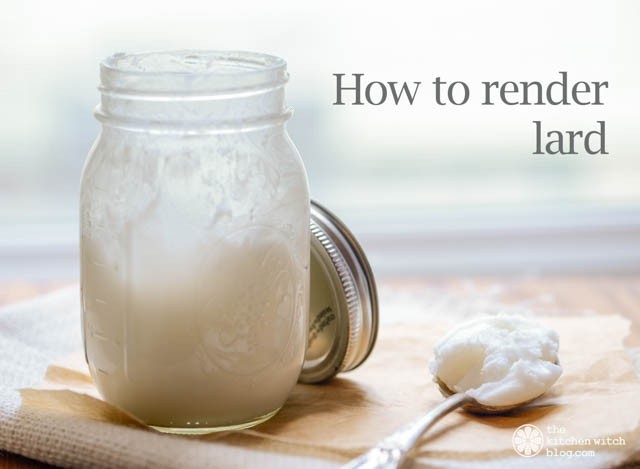
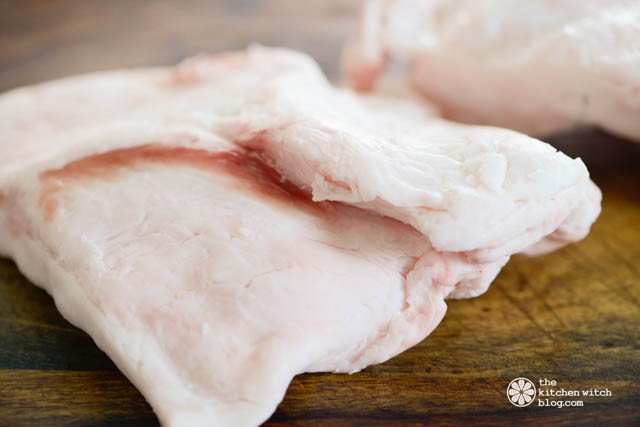
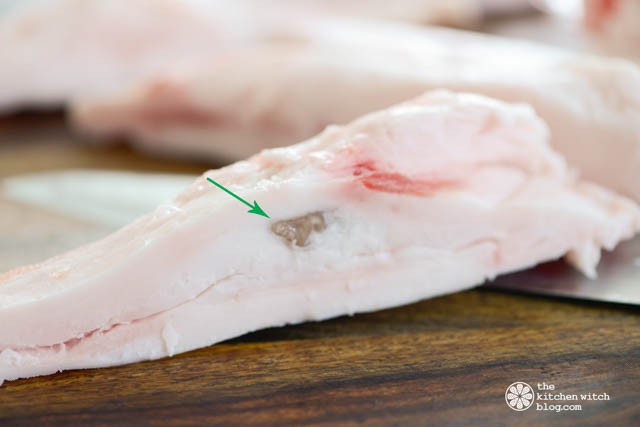
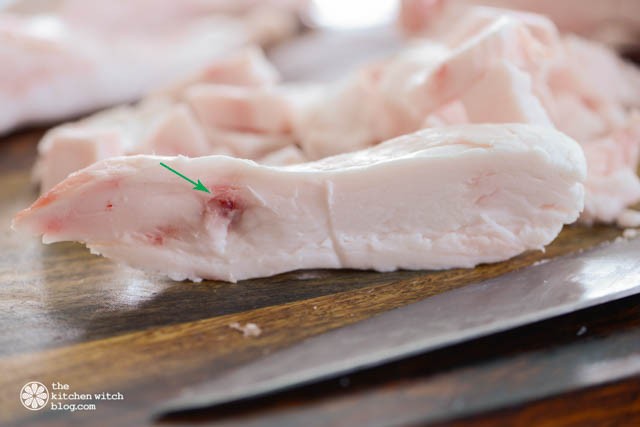
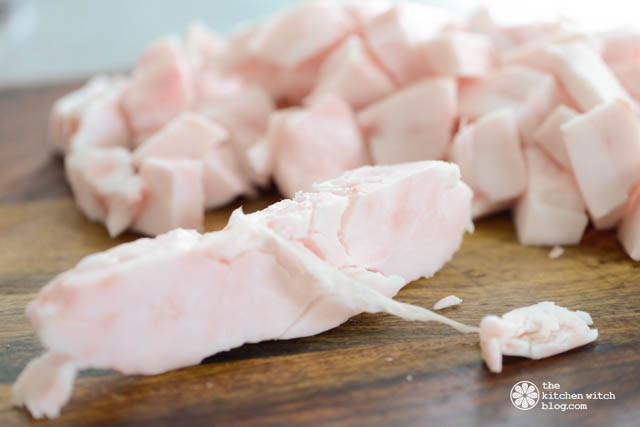
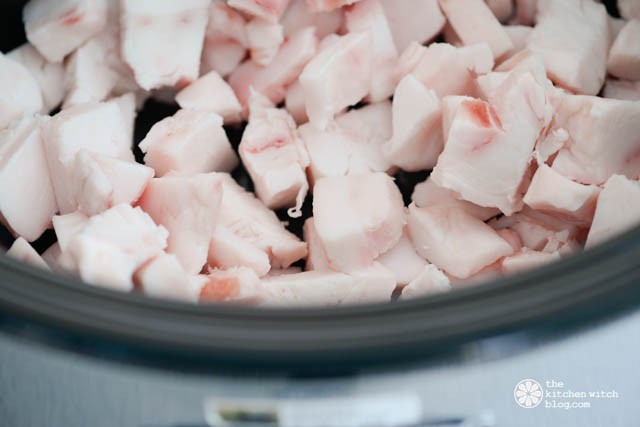
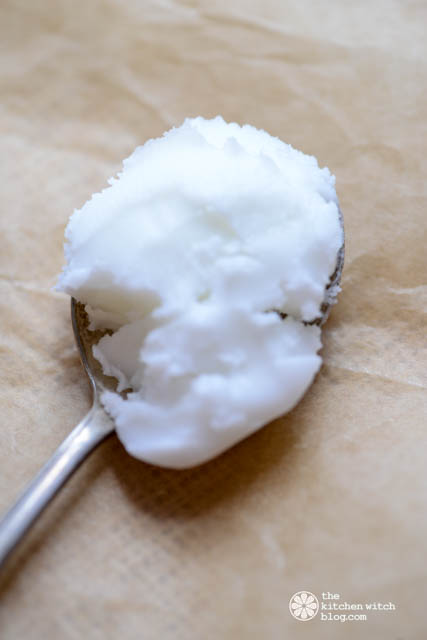



So, this is such a beautiful thing. I remember back in the day when my mom was so cutting-edge and rendered lard from one of our home-farm-raised hogs. People thought she was crazy because she could so easily have purchased Crisco. Now, she would be so hipster by doing it. Kudos to you, Rhonda. (Make some Bizcochitos anytime soon?)
Debra, you are so intuitive! I actually served Biscochitos at the class (we also made empanadas), both a lovely example of how amazing lard is. My son keeps saying I’m a hipster but I tell him at my age that’s not possible…maybe just a late blooming hippie 😉